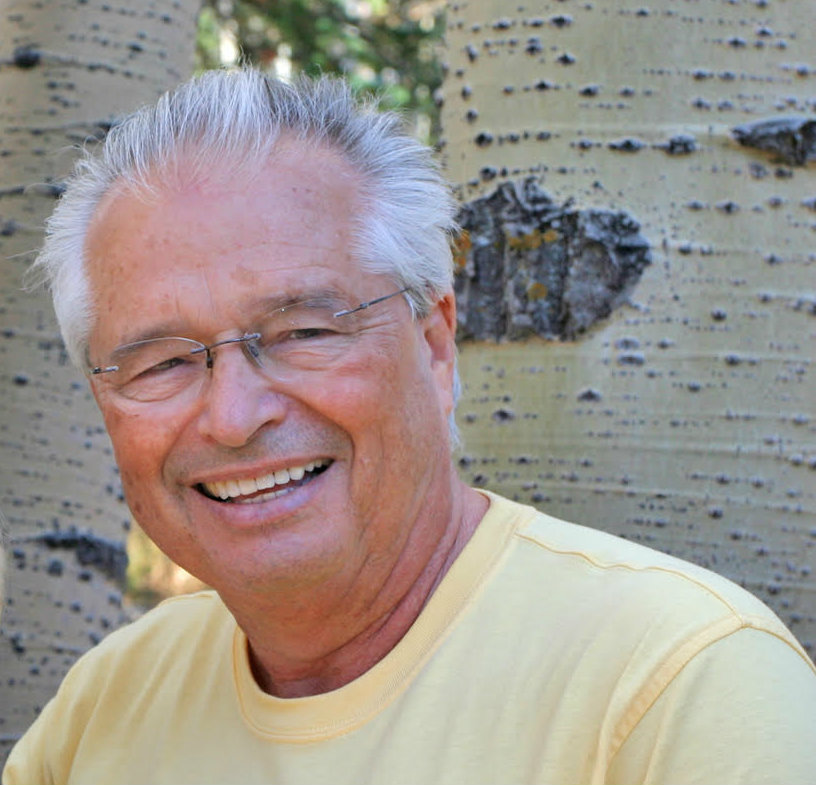
Jack Manilla
For the time being, history will not be made on the association front, as the National Swimming Pool Foundation and Association of Pool & Spa Professionals have decided not to merge.
“There were just some difficult issues that both boards were unable to agree on,” said APSP Chairman Jack Manilla. “So we felt we had built up such a good collaborative relationship, we decided to put things on hold for a few weeks so that we could regroup and think it through. And then it just looked like, ‘Well, it doesn’t look like we’re going to resolve things. So let’s end the talks and move forward to 2017, business as usual.”
In April of 2016, the organizations announced an agreement in principle to unify. At the time, they cited complementary strengths – NSPF’s outreach programs to increase swimming and safety, against APSP’s higher membership. They also pledged to smoothly merge programs, standards and certifications that overlap between the two. In exploring the possibility, the groups hired a consulting firm, held multiple meetings individually and jointly between the two boards. This week, the two organizations’ boards met independently and voted against the merger.
“At the end, the feeling was that this may not be the right time to put the two organizations under a single umbrella,” said NSPF Chairman Bruce Dunn. “… It seemed like we could work together from a collaborative effort and not have to put out really all the disruption that would go in changing two viable organizations into one new organization.”
The groups are somewhat different and, combined, comprise thousands of moving parts. To start, they are different types of organizations – APSP a 501(c)(6) membership association, NSPF a 501(c)3 foundation. Historically, NSPF had been largely considered an association for the commercial sector, with its aquatics programs and highly lauded Certified Pool Operator program. On the other hand, APSP was considered the association for pool industry professionals, with its higher membership and programs that largely skewed residential. So they knew this would be a tricky process. It seems that aspect may have spelled the merger concept’s demise.
“It took a great deal of time and conversations and challenges for us to say, ‘Okay, if we were going to work in the area of education, where would we go? If we were going to work in the area of membership benefits, where would we go?’” Dunn said. “As we kept making a list, the list got longer and longer and longer, and you thought, ‘Well, maybe we’re trying to do too much, too quickly.
“Both boards wanted to be sure that they guaranteed their stakeholders with conditions that were beneficial to those stakeholders. We didn’t want to disrupt valued programs that either of the two organizations had for their membership.”
Merging the groups would involve hundreds of individual decisions large and small, from what to call it, where to locate and how to staff, to how to blend or manage overlapping certifications, programs and standards. “So we thought collectively that the best thing to do would be to focus on working together on industry issues in developing that closer association and respect for what each of our operations could and are planning to do,” Dunn said.
He and Manilla said the time and money were not wasted. “What it did was allow board members of APSP and NSPF to not just get to know each other on an individual basis, but to really get to know each other and our organizations, our objectives and what our real goals are and to see how we could work together,” Dunn said. “Up until that time, I don’t think you could say that was the general concept between the two organizations.”
Before the merger proposal was announced, the groups seemed on track to become more competitive. NSPF brought on the design/construction group Genesis, which would naturally provide a more residential focus and led some to believe that NSPF was seeking to compete with APSP as the leading pool/spa-industry association. NSPF also supported the Model Aquatic Health Code, which brought it into a standards realm previously dominated by APSP. In the meantime, APSP was exploring more commercial programs. Its Builders Council, in particular, has discussed this at meetings for the past couple years.
So, the associations said, it made a certain amount of sense to join. Now failing that, APSP and NSPF say they will continue to move forward with their respective programs, but try to approach their missions with less of a sense of competitiveness. “It is not our intention to do any harm to anyone,” Manilla said. “Our intentions are to do good for the industry, to grow the industry, to … encourage more swimmers for the health of a nation. So they’re good people, our staff and organization have good people. and so we’re going to work in the spirit of cooperation.”
How the groups will fulfill the intention of working more collaboratively remains to be determined at this point. “That’s the next step,” Manilla said. “Until that process begins, we have set the table, if you will, for the dialog to continue in that effort.”
The groups also had their sources of friction leading into these talks, especially with NSPF’s addition of Genesis, which, indeed, initially formed over philosophical disagreements with APSP. However, both Dunn and Manilla said Genesis had nothing to do with the merger falling through.
“I would say the complete opposite,” Manilla said. “It played a positive relationship in that we were able to meet with the founders of Genesis several times and were very impressed and enthused by those meetings. If anything, hopefully we’ve built some strong relationships that we can go forward on.”



